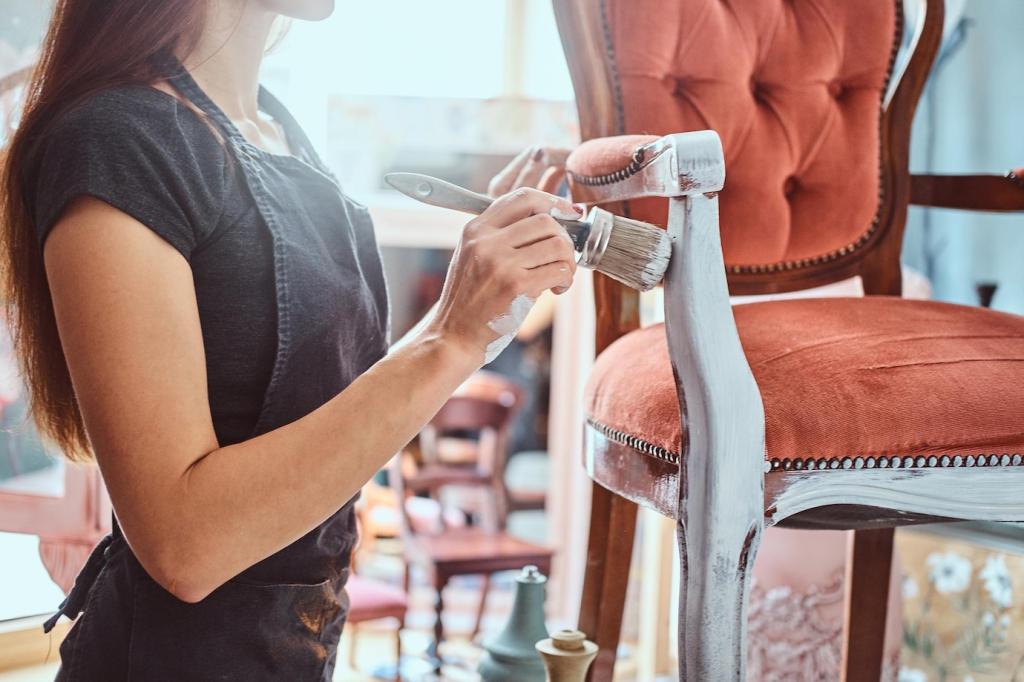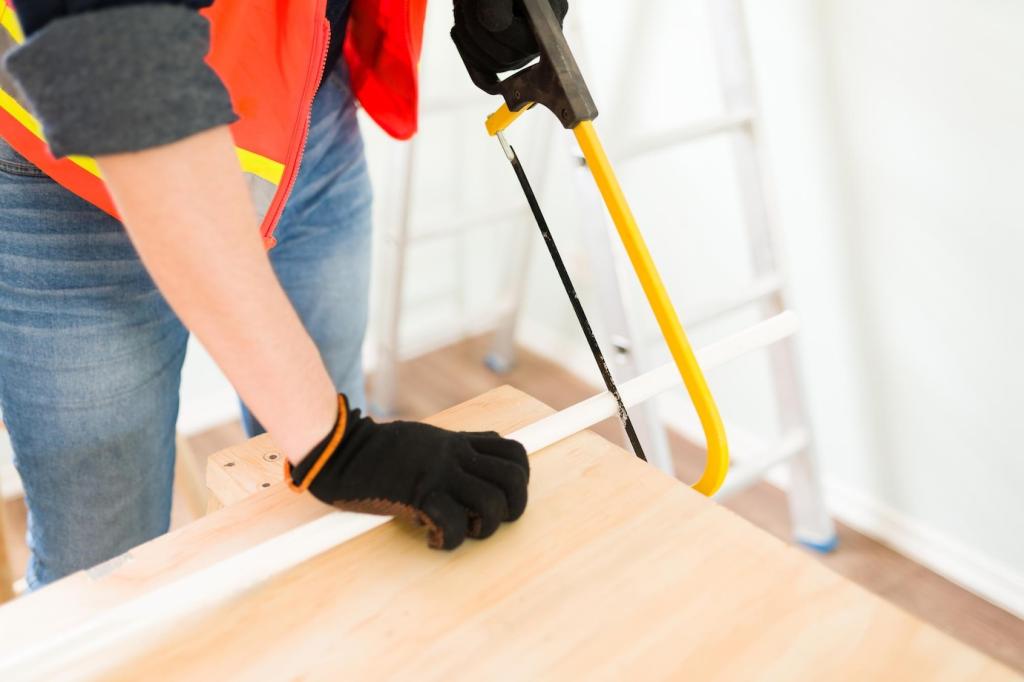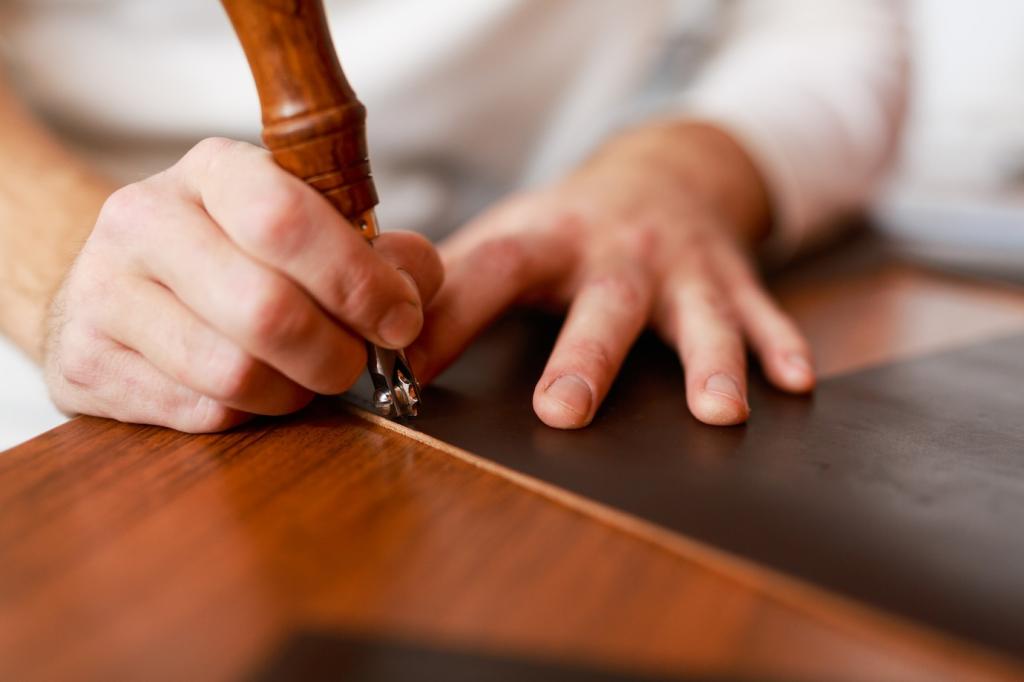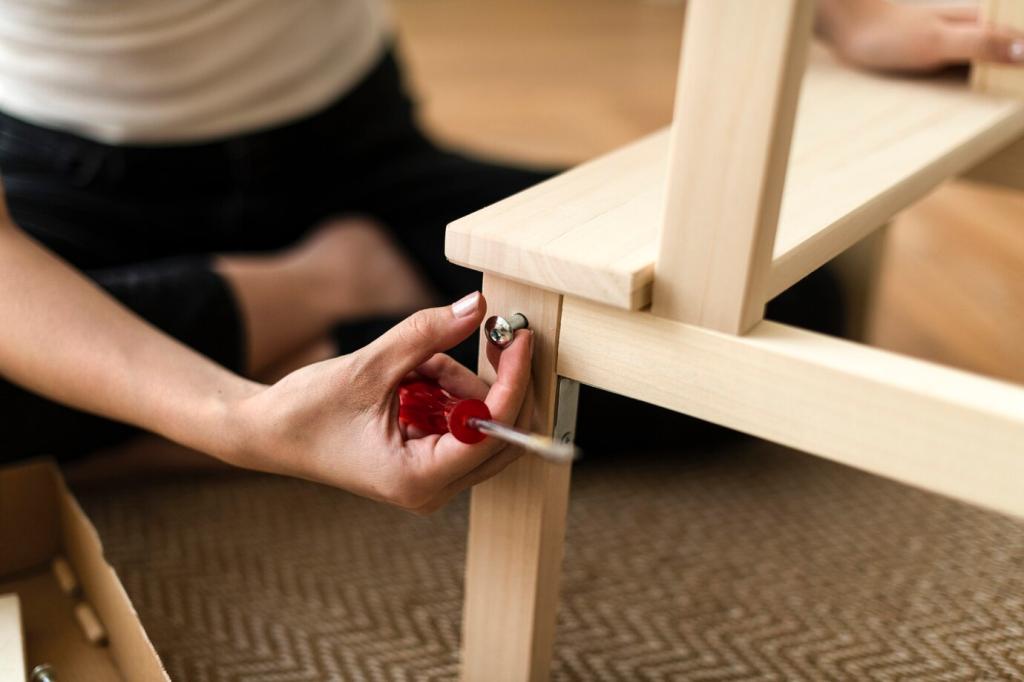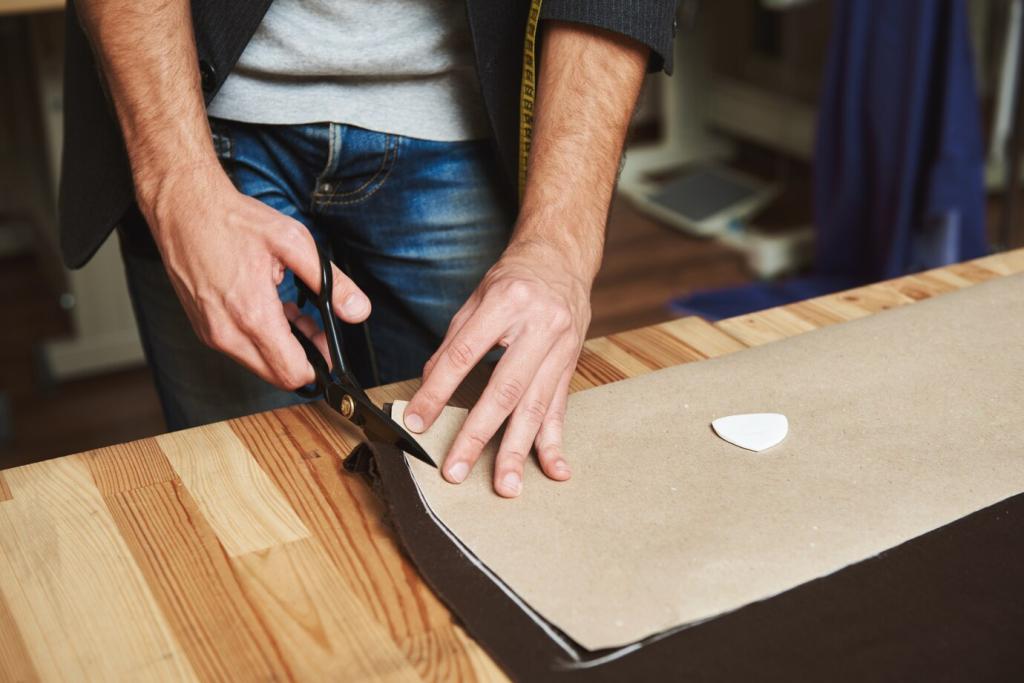Finishing: Shellac, Wax, and the Art of Restraint
Mix fresh shellac, charge a fad, and work in overlapping figure-eights. Add a whisper of oil to glide, then spirit off to refine gloss. Build thin, transparent layers that respect substrate and let depth emerge slowly and beautifully.
Finishing: Shellac, Wax, and the Art of Restraint
Use alcohol amalgamation to reflow crazed shellac, padding gently until ridges soften. Follow with a light wax. Stripping destroys history; amalgamation lets the original film breathe again. Have you tried it? Tell us what cut worked best.

